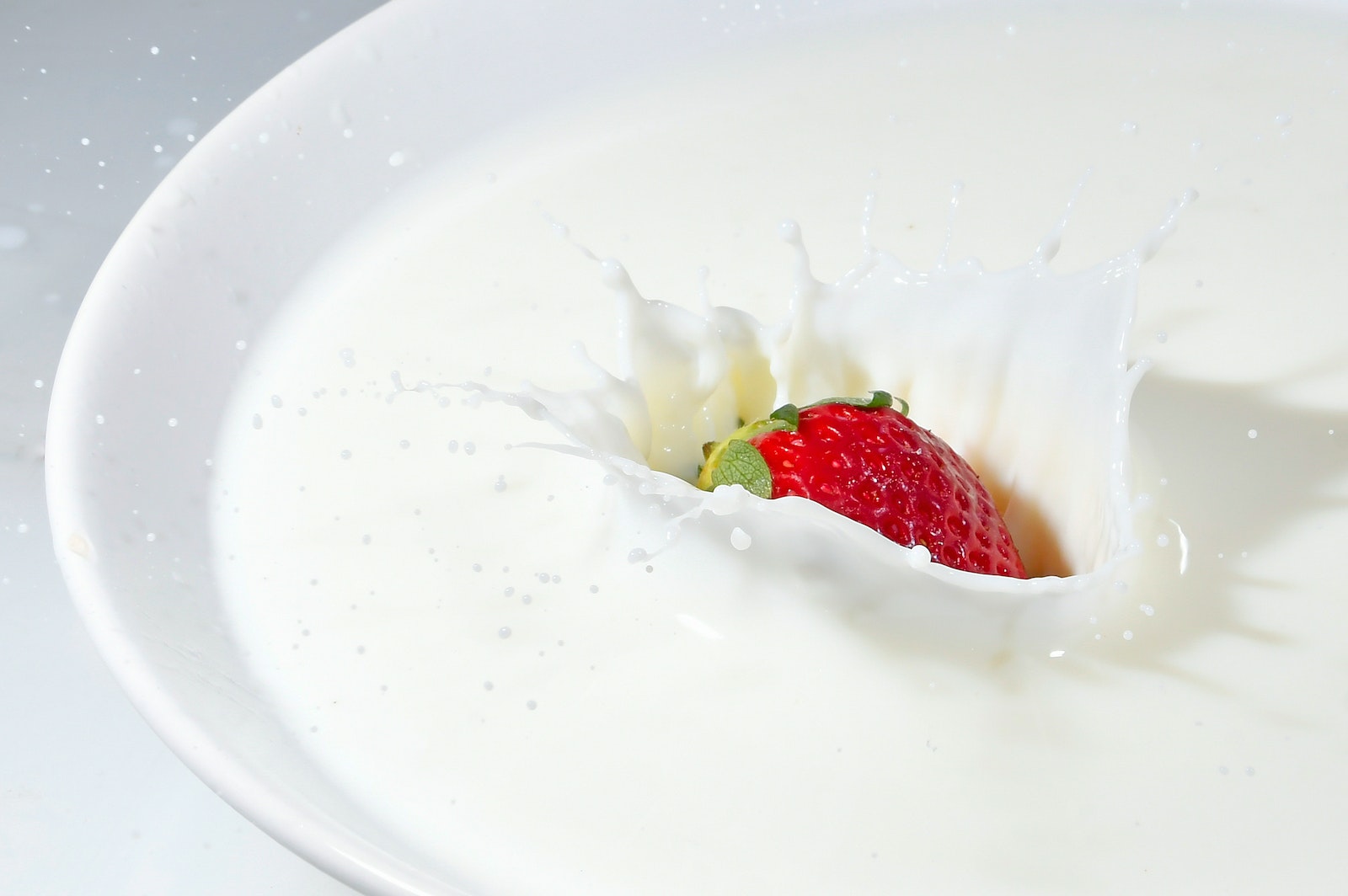CookingSubstitutes is a blog dedicated to exploring suitable alternatives in recipes, providing helpful how-to guides, and sharing mouthwatering recipes.
We're here to make your culinary adventures even more delightful!
Light Cream vs Half and Half: Exploring the Differences

If you’ve ever found yourself confused by the various cream options available in the grocery store, you’re not alone.
With so many different types to choose from, it can be challenging to understand the distinctions between them.
In this article, we’ll delve into the differences between light cream and half and half to help you make an informed decision about which one to use in your recipes. So, let’s get started!
When it comes to cream, there are several varieties available, each with its own unique characteristics. Light cream and half and half are two popular options that find their way into a wide range of recipes. Understanding their attributes will help you determine the best choice for your culinary endeavors.
What is Light Cream?
Light cream, also known as coffee cream, is a type of cream that contains approximately 18-30% milk fat. It falls between heavy cream and half and half in terms of richness and thickness. Light cream is commonly used as a coffee creamer and imparts a smooth and creamy texture to beverages.
What is Half and Half?
Half and half is a blend of equal parts milk and cream, with a milk fat content ranging from 10-18%. It is lighter in texture and flavor compared to light cream. Half and half is often used as a coffee creamer or as a substitute for heavy cream in recipes that require a lower fat content.
Differences in Fat Content
The primary distinction between light cream and half and half lies in their fat content. Light cream contains a higher percentage of milk fat, ranging from 18-30%, while half and half has a lower fat content of about 10-18%. The higher fat content in light cream contributes to its richer and creamier consistency.
Texture and Flavor Comparison
In terms of texture, light cream is thicker and more indulgent, offering a velvety mouthfeel to dishes and beverages. On the other hand, half and half has a lighter texture, making it suitable for those who prefer a milder creaminess.
Regarding flavor, light cream provides a more pronounced richness due to its higher fat content. It adds a luxurious touch to sauces, soups, and baked goods. In contrast, half and half offers a more subdued flavor profile, making it ideal for enhancing the taste of coffee or tea without overpowering it.
Usage and Applications
Light cream and half and half have different applications in the kitchen. Light cream’s higher fat content makes it a suitable choice for recipes that require a richer taste and a thicker consistency. It is commonly used in desserts, creamy sauces, and custards. Additionally, light cream can be whipped into soft peaks to create a delightful topping for desserts.
Half and half, with its lighter texture and lower fat content, is frequently used as a coffee creamer to lighten the flavor and provide a creamy element without being overly heavy. It can also be used as a substitute for heavy cream in recipes that require a lighter touch, such as soups, pasta sauces, and salad dressings.
| Feature | Light Cream | Half and Half |
|---|---|---|
| Fat Content | Higher fat content (20-30%) | Lower fat content (10-18%) |
| Creaminess | Rich and creamy | Light and less dense |
| Texture | Thicker and velvety | Lighter |
| Culinary Usage | Desserts, creamy sauces | Coffee creamer, lighter recipes |
| Whippability | Can be whipped into soft peaks | Not suitable for whipping |
| Taste Preference | Rich and indulgent | Light and mild |
| Freezing | May separate and change texture | May separate and change texture |
| Health Considerations | Contains significant saturated fat | Contains significant saturated fat |
| Suitable For | Recipes that require higher fat content | Lighter recipes, coffee creamer |
| Recommended Proportions | Substitute equally or use slightly more | Substitute equally or use slightly less |
Substituting Light Cream and Half and Half
If you find yourself in a situation where you don’t have light cream or half and half on hand, you can substitute one for the other in certain recipes. However, it’s important to keep in mind that the texture and flavor of the dish may be slightly altered.
When substituting light cream for half and half, you can use an equal amount of light cream. This will result in a richer and creamier consistency compared to using half and half. On the other hand, if you’re substituting half and half for light cream, you may want to use a slightly larger amount of half and half to compensate for its lower fat content.
It’s worth noting that when using light cream or half and half as a coffee creamer, the difference in fat content can affect the taste and texture of your coffee. If you prefer a lighter and milder flavor, half and half may be a better choice. However, if you enjoy a richer and creamier cup of coffee, light cream can provide that indulgent experience.
Which One Should You Choose?
Choosing between light cream and half and half ultimately depends on your personal preferences and the specific recipe you’re preparing. Here are a few factors to consider:
FAQs
Can I use light cream instead of half and half in my coffee?
Yes, you can use light cream as a substitute for half and half in coffee. It will provide a richer and creamier taste.
Can I whip light cream or half and half?
Light cream can be whipped into soft peaks, making it suitable as a topping for desserts. However, half and half does not have enough fat content to be whipped.
Is half and half healthier than light cream?
Half and half typically has a slightly lower fat content than light cream. However, both should be consumed in moderation as they still contain significant amounts of saturated fat.
Can I use light cream or half and half in savory recipes?
Yes, both light cream and half and half can be used in savory recipes such as soups, pasta sauces, and salad dressings to add a creamy element.
Can I freeze light cream or half and half?
Freezing may cause separation and texture changes in both light cream and half and half. It’s best to use them fresh or follow specific freezing guidelines if necessary.
Conclusion
Light cream and half and half are both versatile cream options that can enhance the flavor and texture of various dishes and beverages. Light cream provides a richer and creamier experience due to its higher fat content, while half and half offers a lighter touch. Understanding their differences allows you to choose the right cream for your culinary creations.
Remember, experimentation in the kitchen can lead to exciting discoveries, so feel free to try different cream options and combinations to find your preferred taste and texture. Happy cooking!



